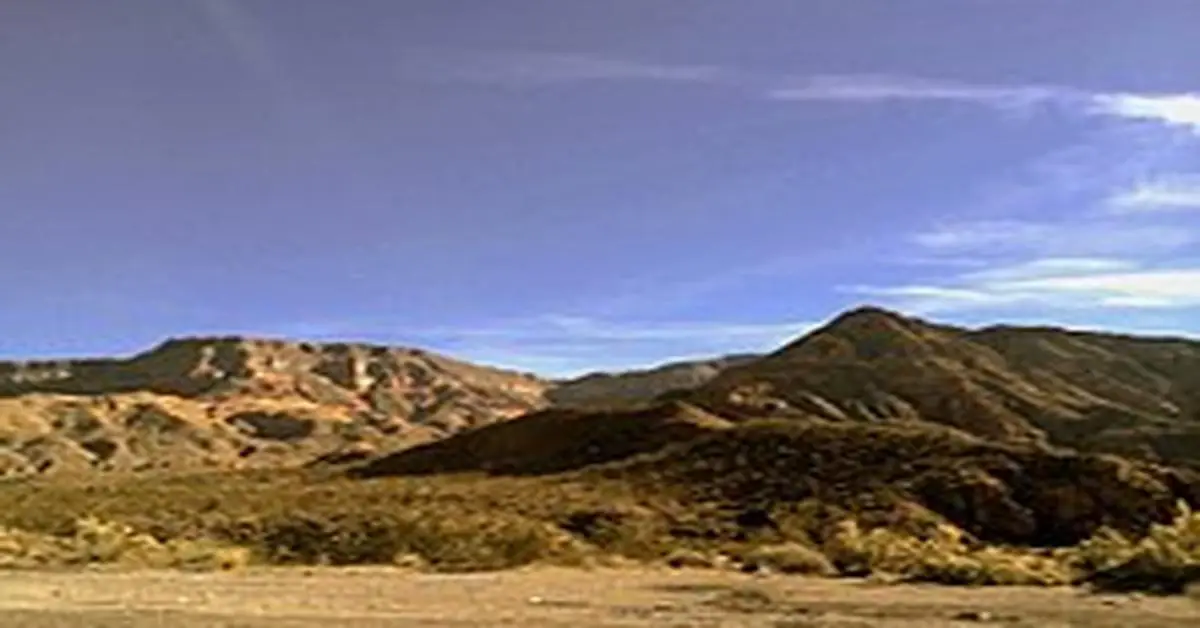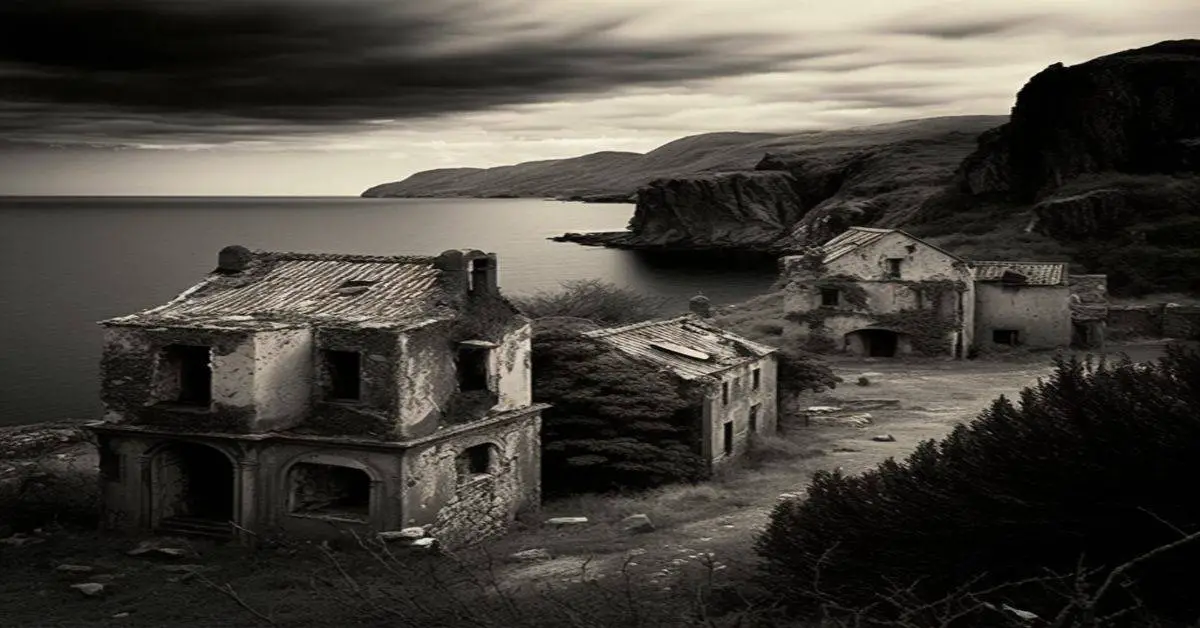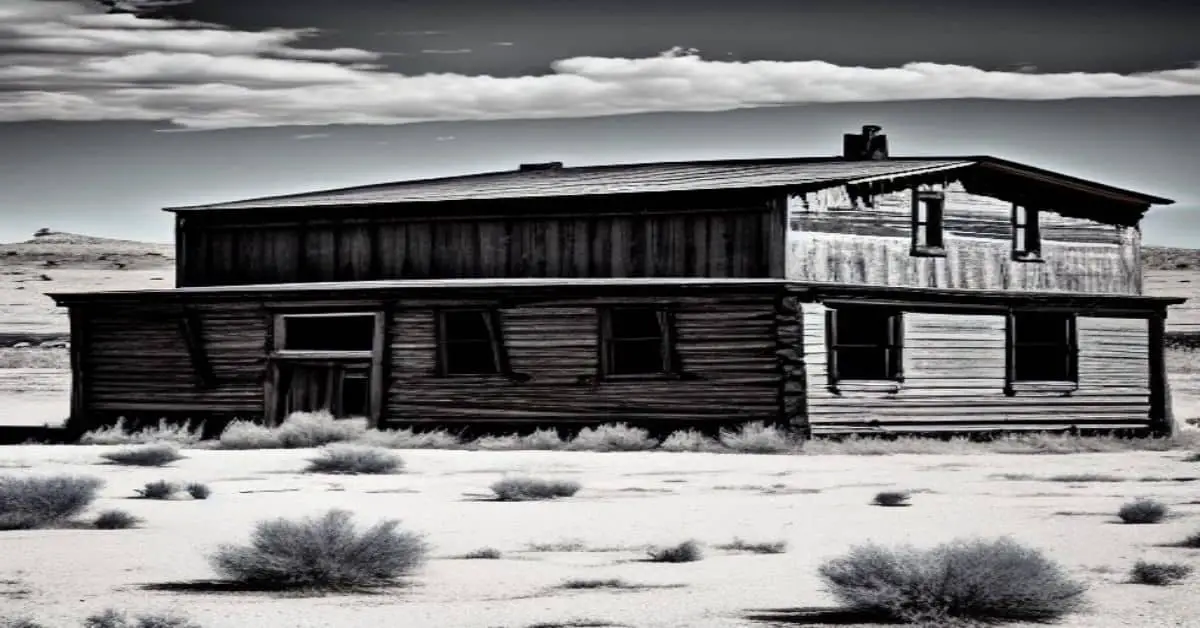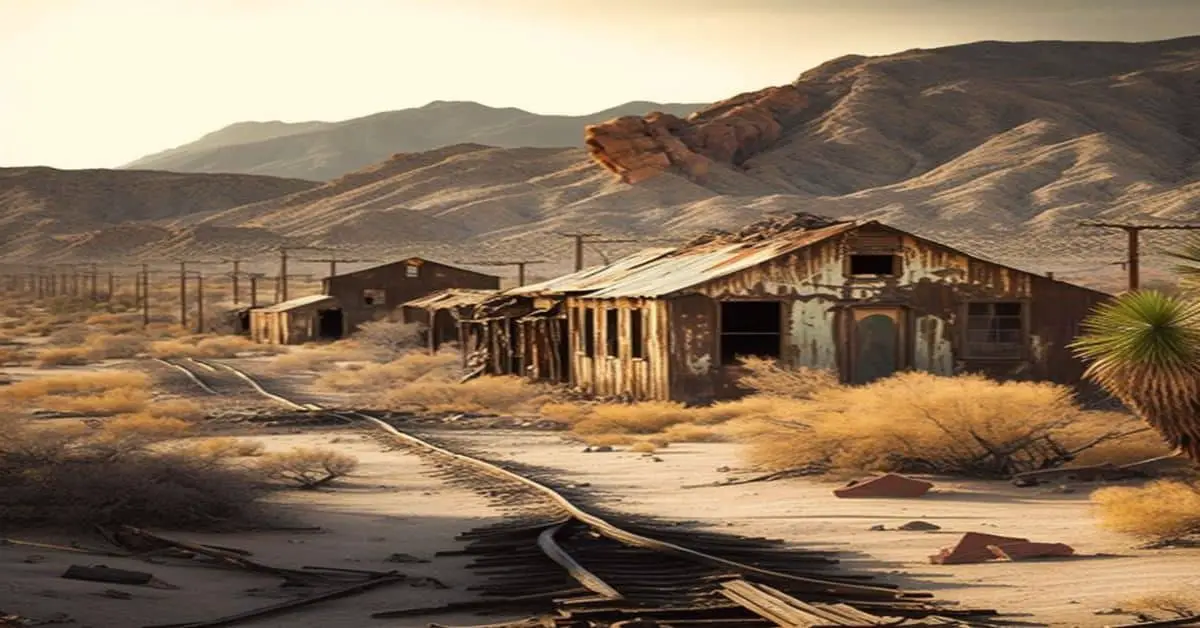Colorado City, Arizona, Mohave County is a captivating ghost town with a rich history tied to its unique cultural and social dynamics. Known for its ties to the Fundamentalist Church of Jesus Christ of Latter-Day Saints, this town offers a glimpse into a once-thriving community that has since dwindled. Below is detailed information about the town.
County: Mohave County
Zip Code: 86021
Latitude / Longitude: 36.9906° N, 112.9822° W
Elevation: 4,980 feet (1,518 meters)
Time Zone: Mountain Standard Time (MST)
Established: 1913
Disestablished: Not formally disestablished, but it has experienced a notable population and economic decline.
Comments: Colorado City was established by members of the Fundamentalist Church of Jesus Christ of Latter-Day Saints (FLDS) as a haven for practicing polygamy, which was not accepted by mainstream society. Over the years, it grew into a community with a distinct cultural and religious identity. However, legal challenges, internal conflicts, and changes in leadership have led to a decrease in its population and influence.
Remains: Many of the original homes and structures remain, though some are abandoned or in disrepair. The town’s religious buildings and schools are still present, reflecting the community’s historical significance.
Current Status: Colorado City is not completely abandoned but has a considerably smaller number of residents than during its peak. It continues to be home to some FLDS members, although the community has increasingly opened up to non-FLDS residents in recent years.
Remarks: Despite its decline, Colorado City remains a point of interest for those studying the dynamics of isolated religious communities and their interactions with broader societal norms. The town’s evolution from a secluded religious settlement to a more open community illustrates the intricate interplay between tradition and modernity.



